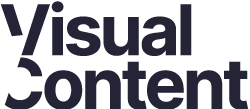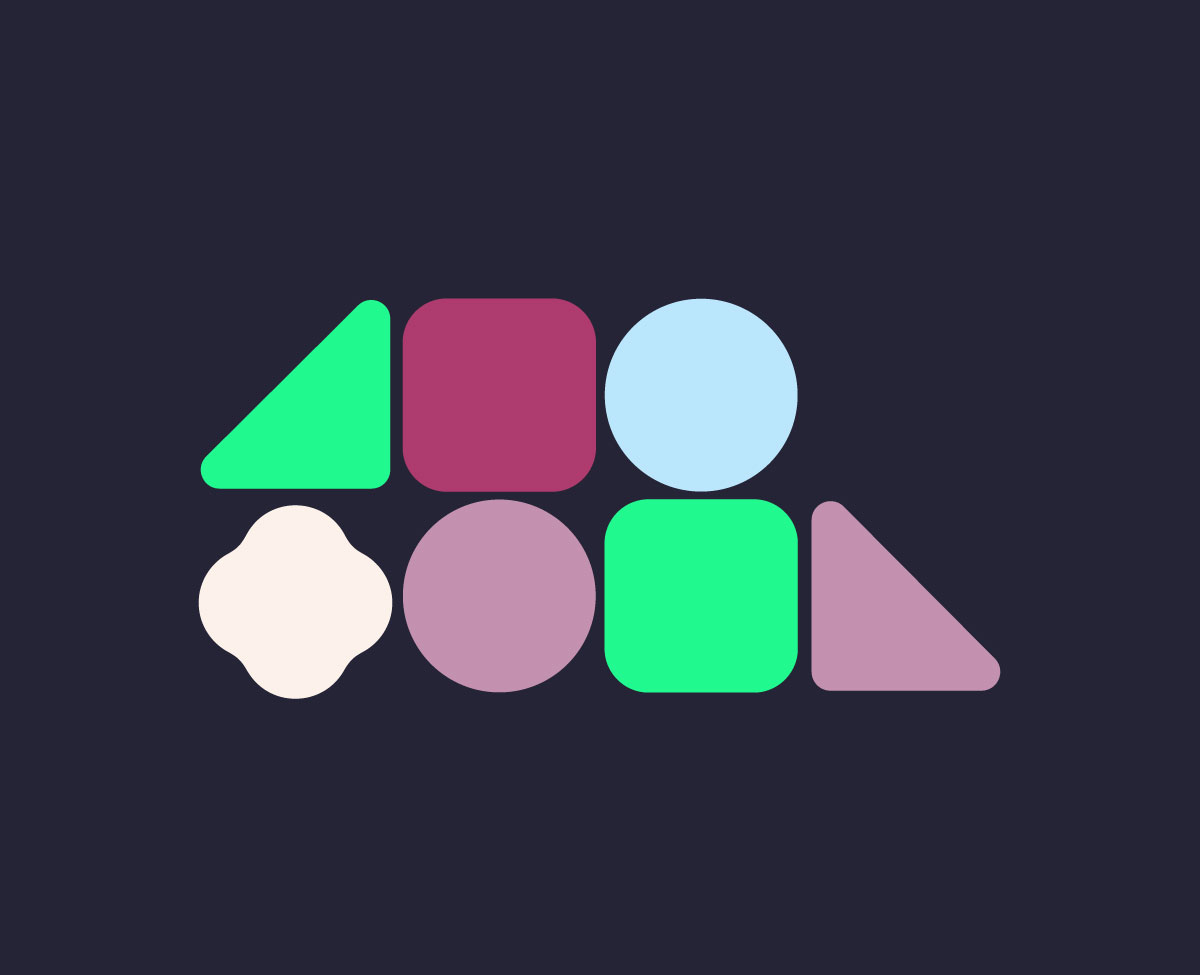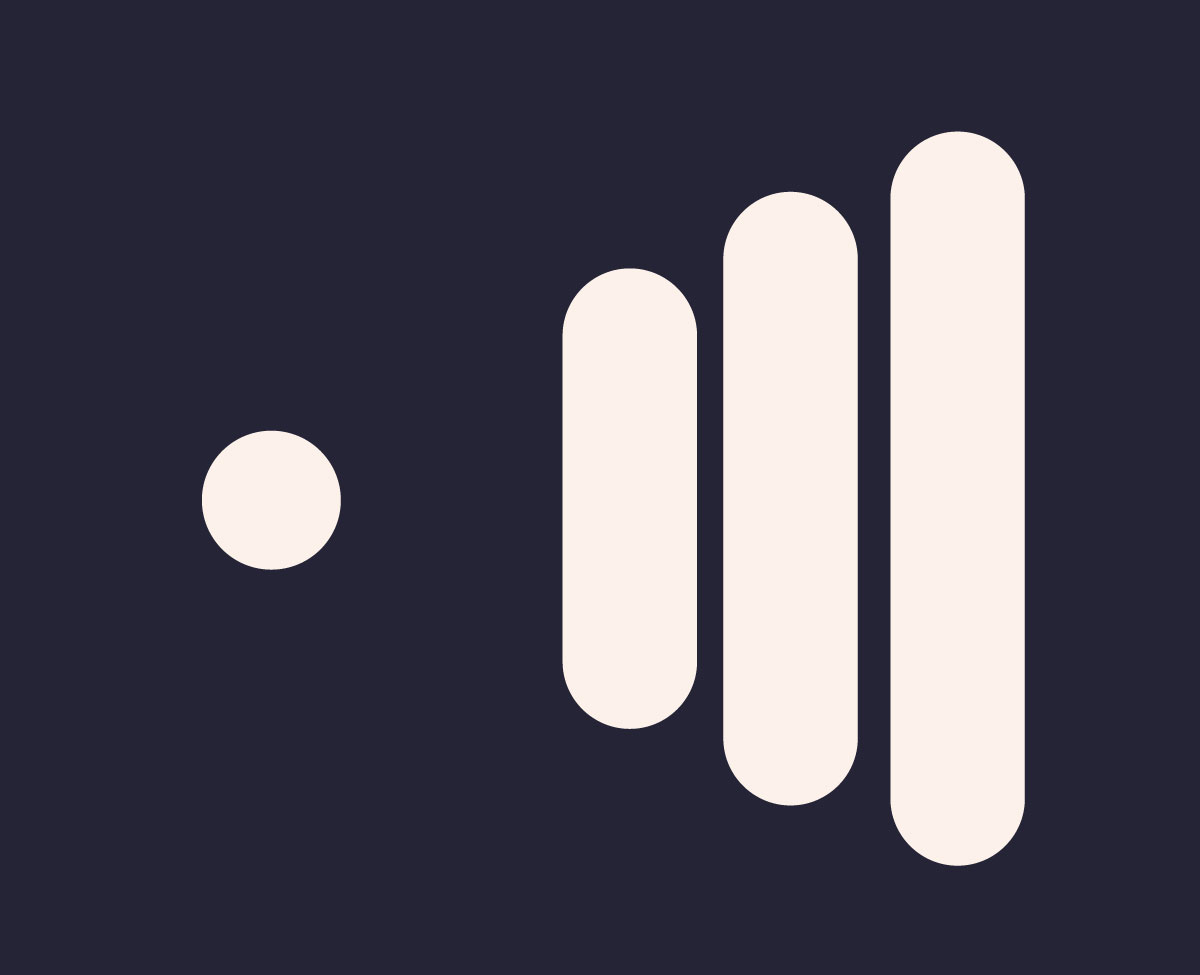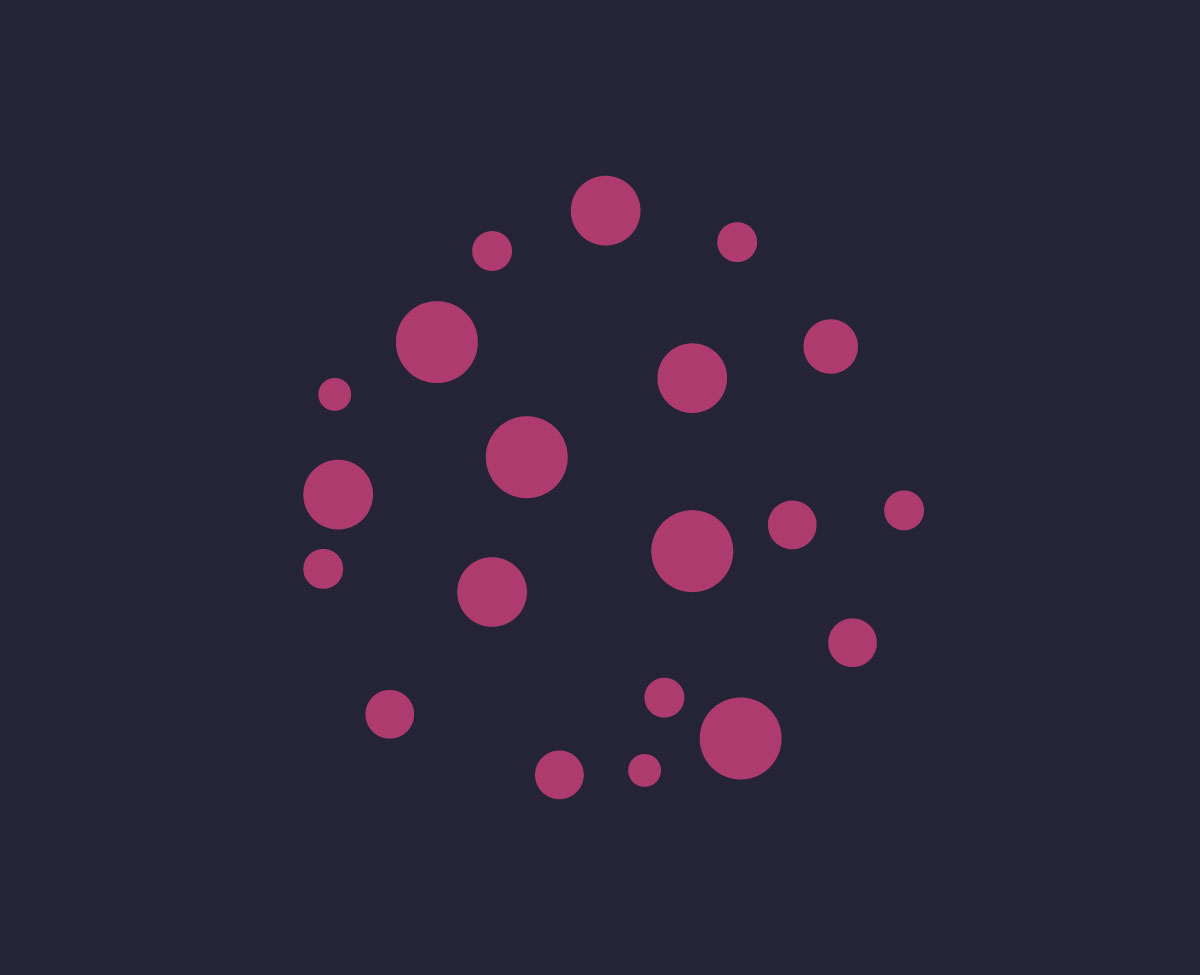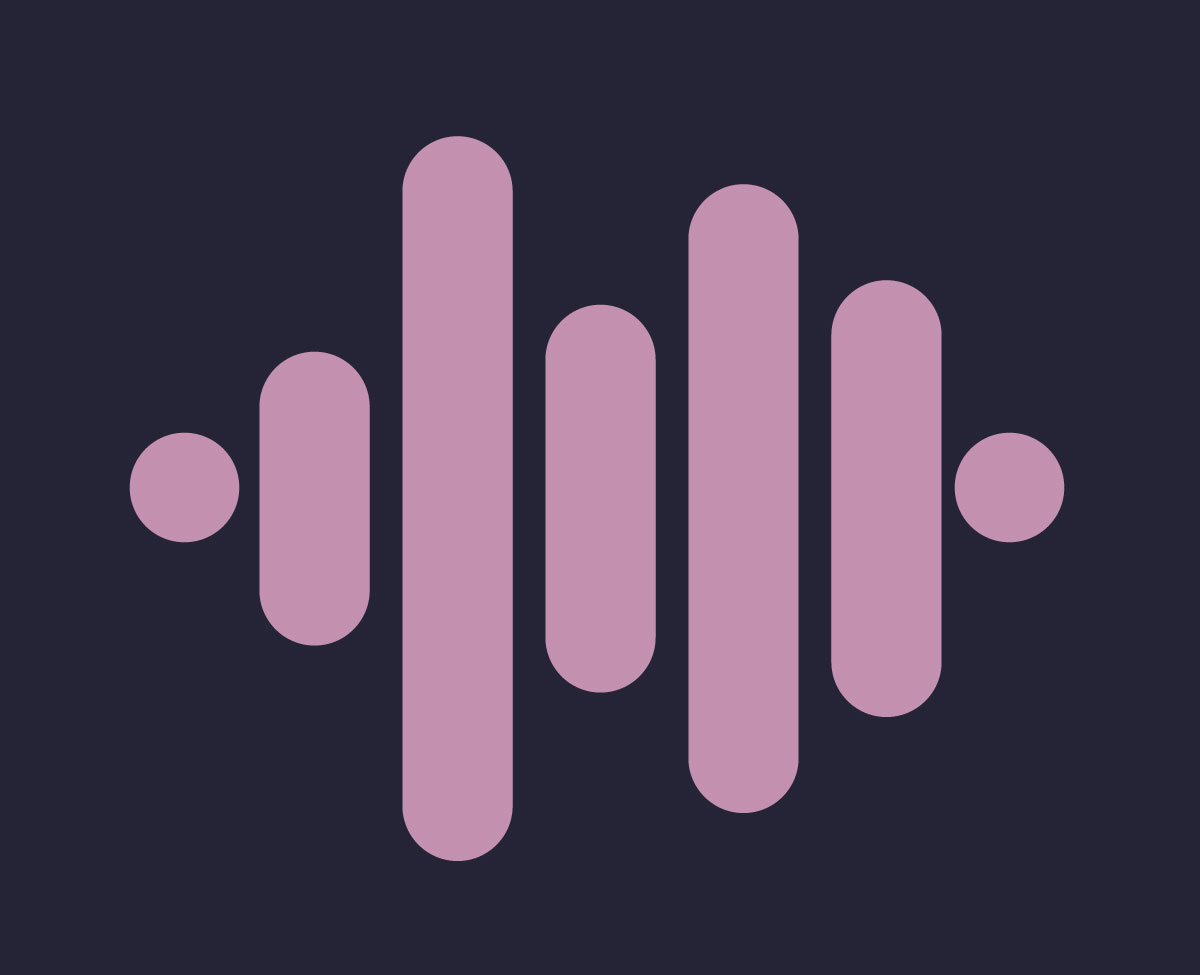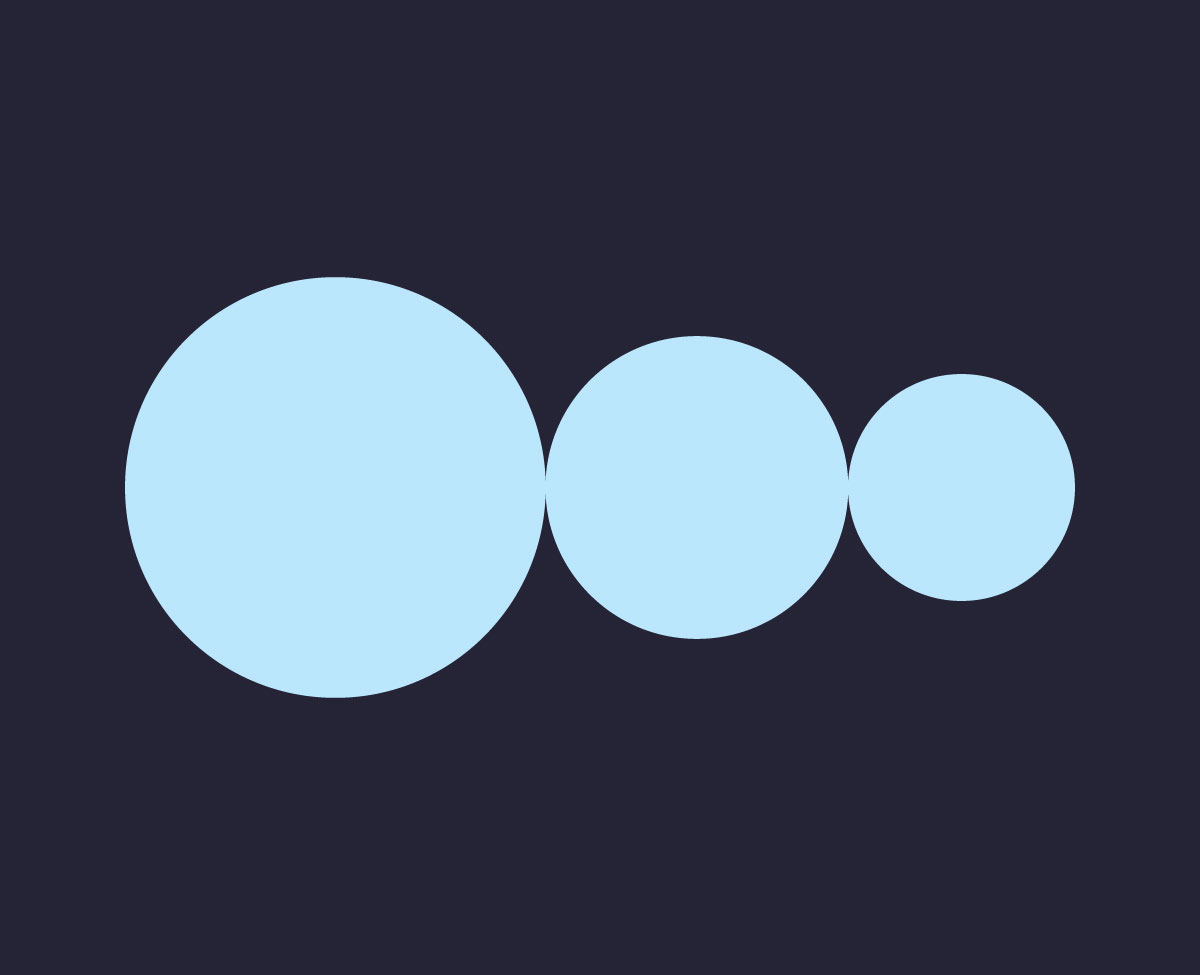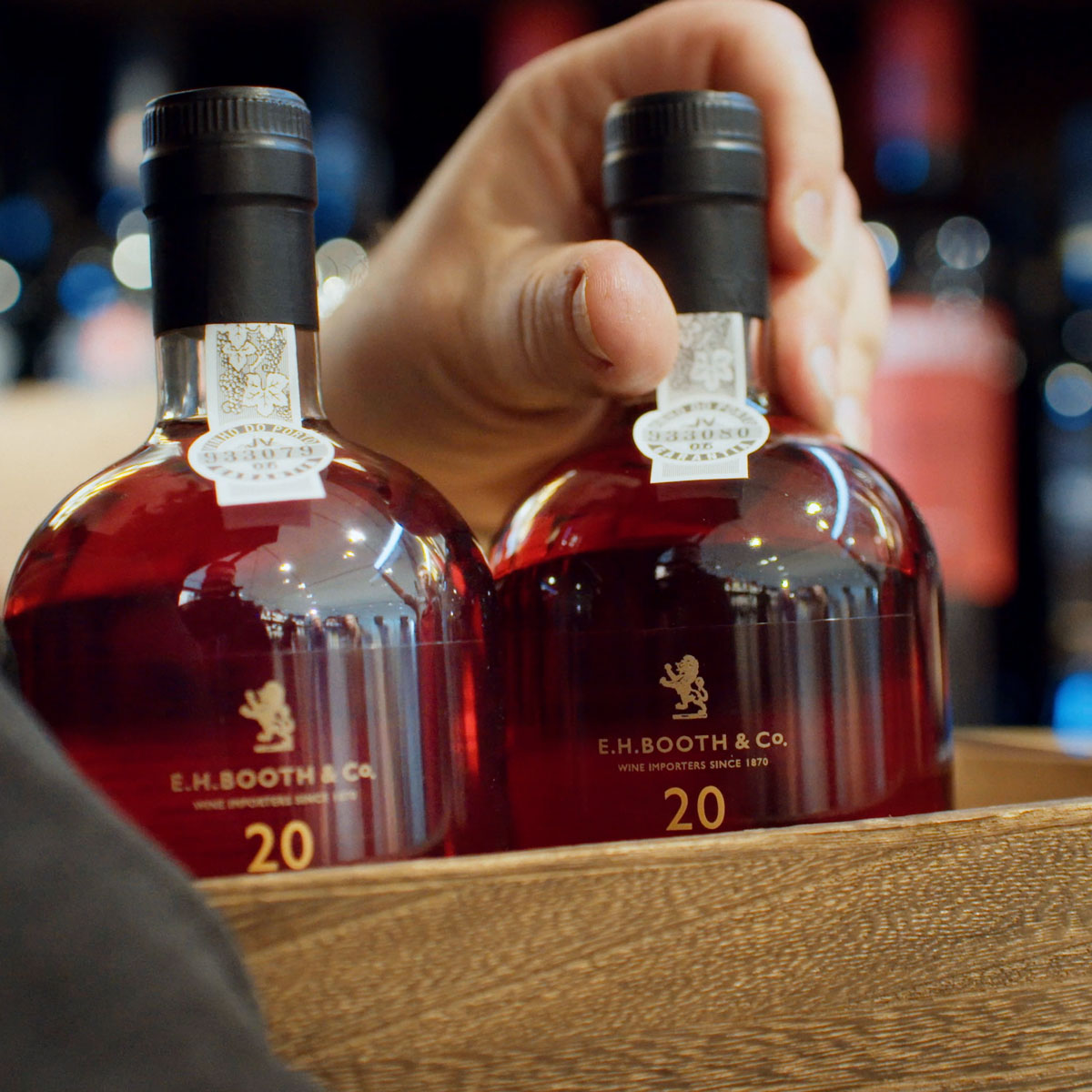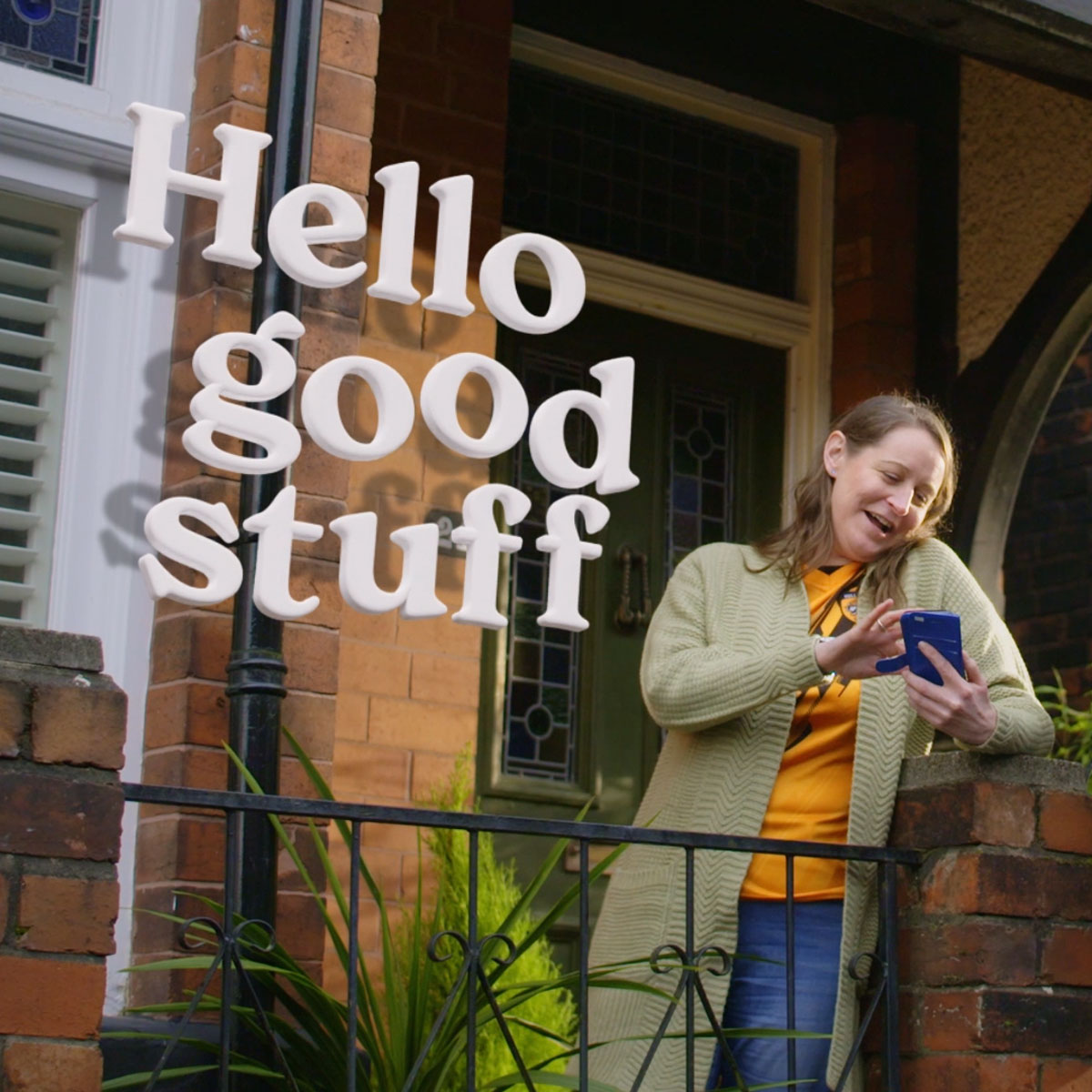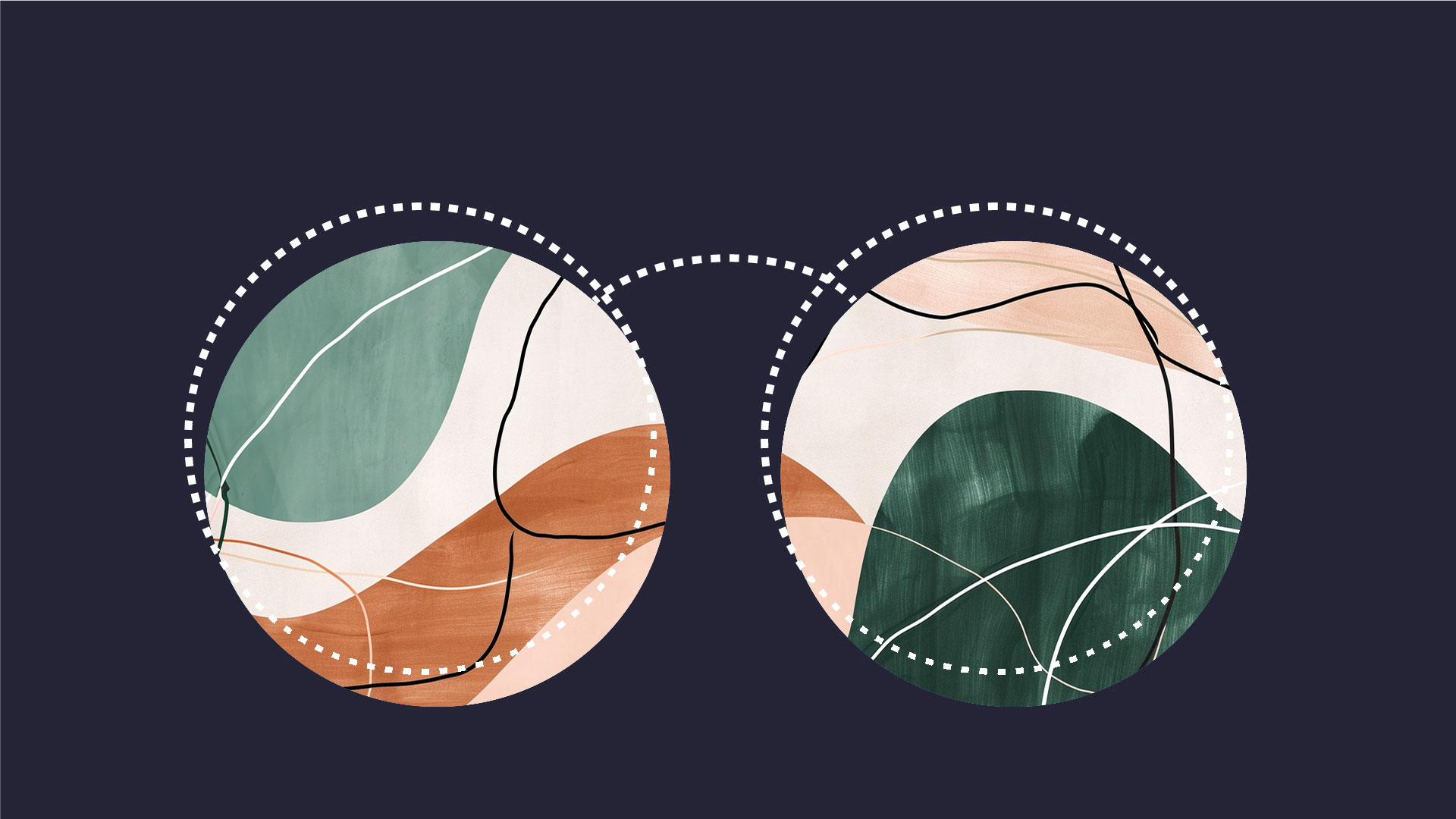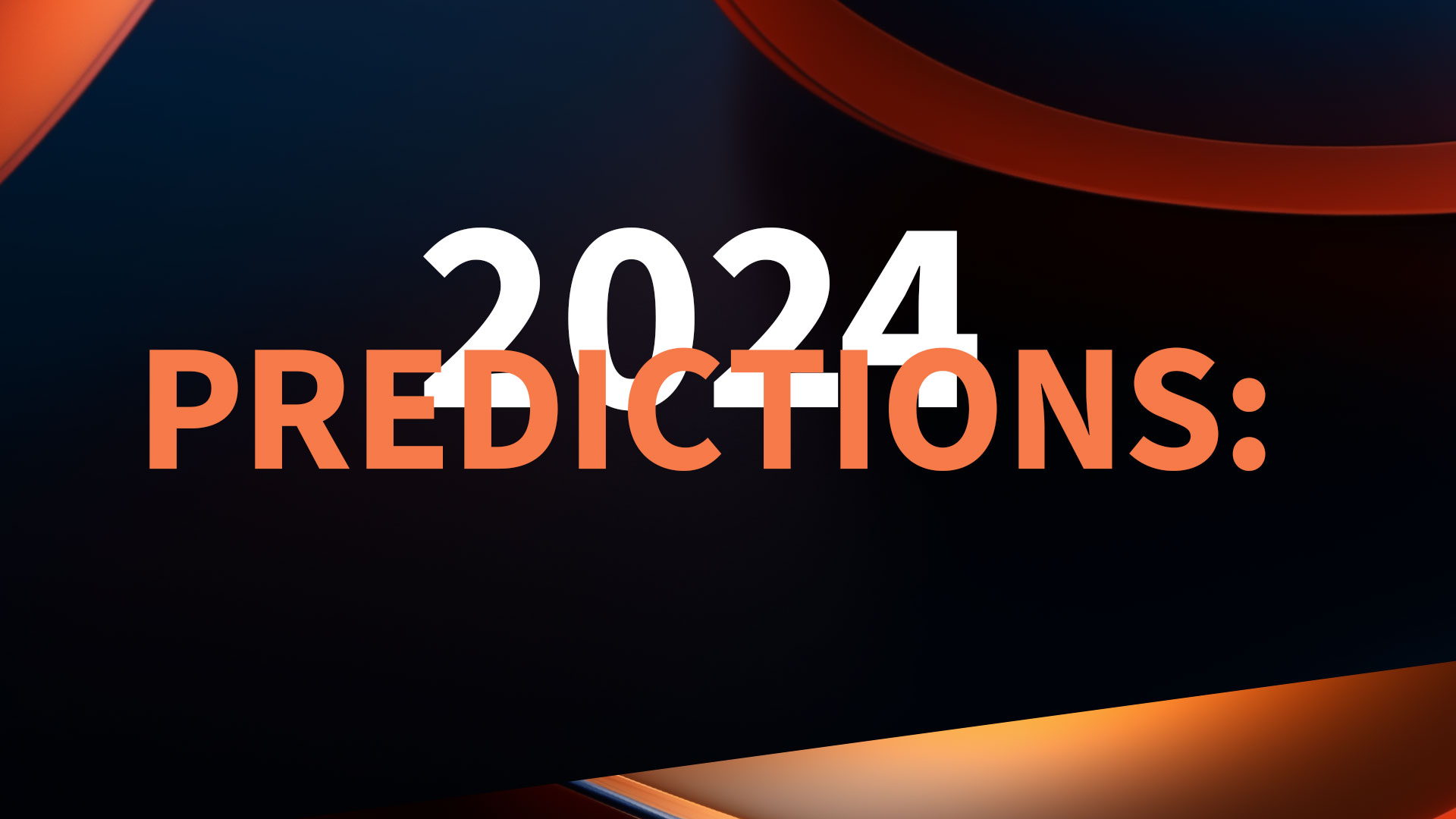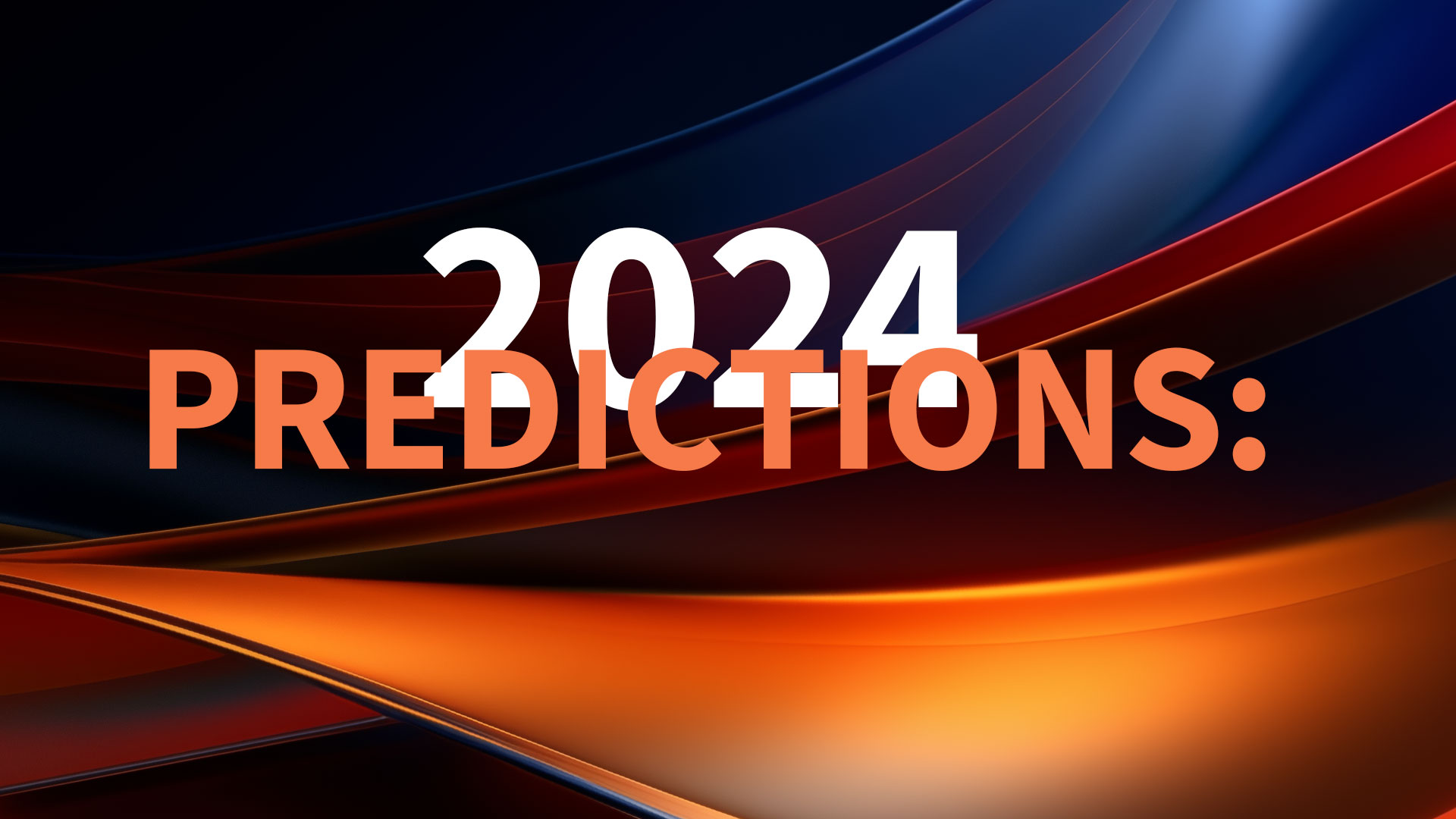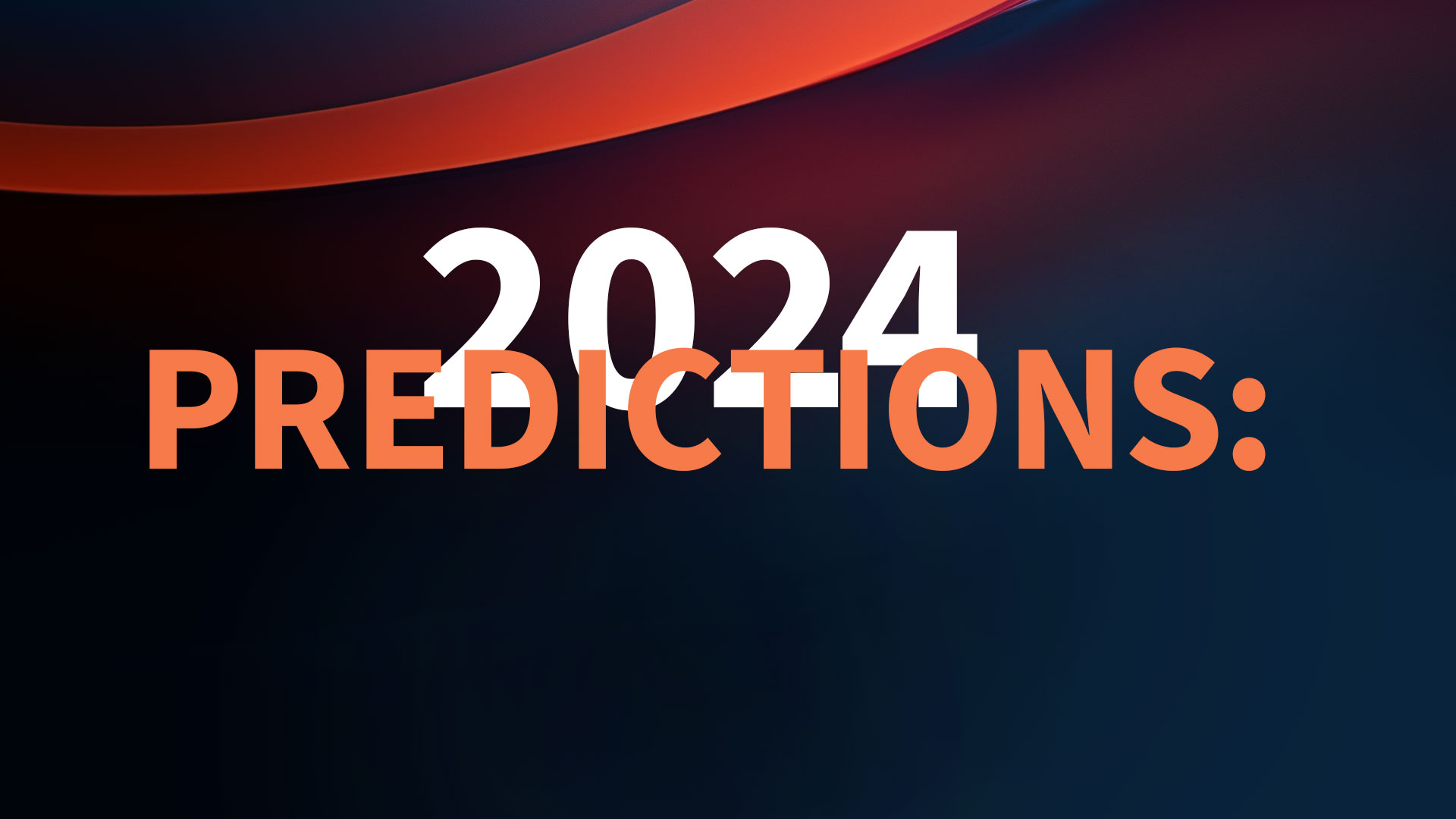How To - GenAI
How to protect brand image, as GenAI integrates into evergreen content generation?
Will use GenAI in 2024
Marketers save per week
Content AI in 2026
Reflecting on recent studies from Salesforce & McKinsey that 86% expect generative AI to play a prominent role in their marketing and commercial activities in the next 2 years.
Marketers are saying they are currently saving almost a month per year (that's 5 hours per week) on repetitive and manual activity.
The pervasive nature of AI in content creation poses a significant question:

Don't settle.
But don't dismiss.
The drive for integrating AI into content production workflows is everyone's 'hot button' topic in 2024. But this shouldn't and can't be at the expense of quality, consistency. and effectiveness.
In 2023, AI was showing a 'rose tinted' view of how it could revolutionise content generation, CMO's,, creators and production studios either did one of 2 things:
- Spent time & money understanding the potential.
- Or ran for the hills, while shouting about 'losing our jobs'.
I must admit, I have felt both at some point over the past 2 years. I love the energy, the efficiency, and the innovative pace of change brought forth by GenAI across content generation. But this foresight also comes with a fairly big dollop of fear too.
The better the results get, the more adaptable EVERYTHING we do needs to be. So, when addressing branded content marketing, what are the key factors to protect when integrating an AI production pipeline?
1. Consistency
Developing consistency in AI content generation tools is the Holy Grail of AI Creators in 2024. And we are making huge strides in building processes, prompts, and platforms that allow for this to occur. Like with any creative endeavour its a fine balance between stifling creativity with guidelines, and controlling the evolution of branded comms.
2. Personality
GenerativeAI, by its nature struggles with creative expression. True original interpretation or contexts or subjects associated with visual representation. We know we can adapt this - and we're building adaptors to control and enhance these "structured musings" - but dialling this in is a careful and manual process. Where LLM's give way to more rounded multi modal baselines, we will see another creative branch coming from the AI ideator.
3. Authenticity
We are starting to see the early influx of automated (un-curated) abundance of AI-generated content flooding the marketplace. SEO companies are struggling to maintain rankings due to the issues faced by companies failing to act, and others maliciously drowning the field.
In this sea of automated content, genuine personality, and authenticity will become the new benchmarks for quality.
Building AI
Brand Assets
This is where technology meets TOV. The best use of operational AI is in automating and optimising the tedious tasks, and expanding on the time to innovate.
It's like "sharing your brand guidelines" - but this marketing team are ALWAYS current, constantly open, and speak multiple languages.
As a marketing team you've likely had to deal with multiple suppliers, agencies, producers, and freelancers asking for assets, imagery, logos, and documentation constantly. They're all trying to work FOR you. What if you could localise, automate, and speed up these regular queries, and automate the responses with personal and relevant responses?
We're training AI agents with NLP to communicate directly with suppliers on the standard brand actions that hold up content generation and artwork. We're also using trend, audience, platform, and semantic influences to create nuanced trained models.
This is happening across copy, imagery, data, video, music, and 3D now.
We use structured machine learning with NLP to create conversational chatbots that help agencies and brands to improve the efficiency of communication with their supplier relationships!
AI's real benefit is in enhancing production rollout, efficiency, and SEO optimisation.
If you're constantly sending out logos, straplines, branding documents, playbooks, or other marketing comms. Drop us a line and we'll help you out.
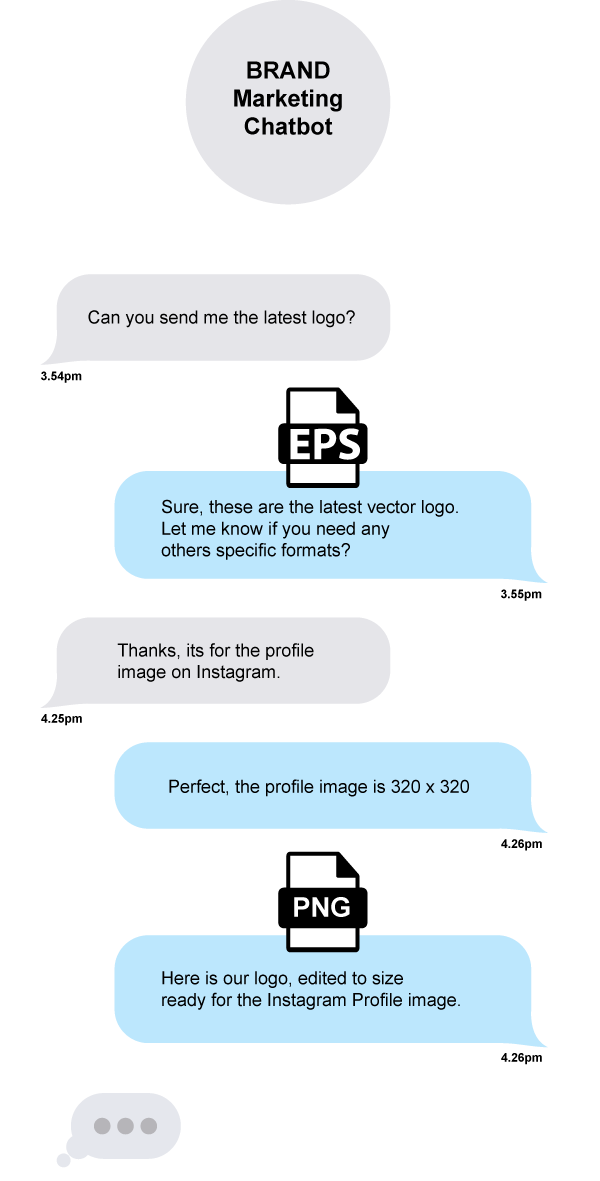
What's an AI Playbooks?
We're at the point now that we should be creating AI playbooks for campaigns and brands..
We're going to be creating branded playbooks that integrate training LORA's, PEFT, prompt templates, campaign chatbots, and even knowledge datasets - all alongside the campaign creative and rollout schedule. These playbooks act as realtime compasses for agencies, content creators, and production resources.
Imagine replacing the Brand Guidelines (or campaign playbook) with interactive, personalised, and ever up-to-date AI agents (chatbots) - that supports a wide, global, and remote content generation team to work with the latest information.
Creating an interactive AI driven playbook allows brands to exploit AI's efficiency while preserving the human elements and authenticity. *No more asking for vector logo's for every single content campaign!
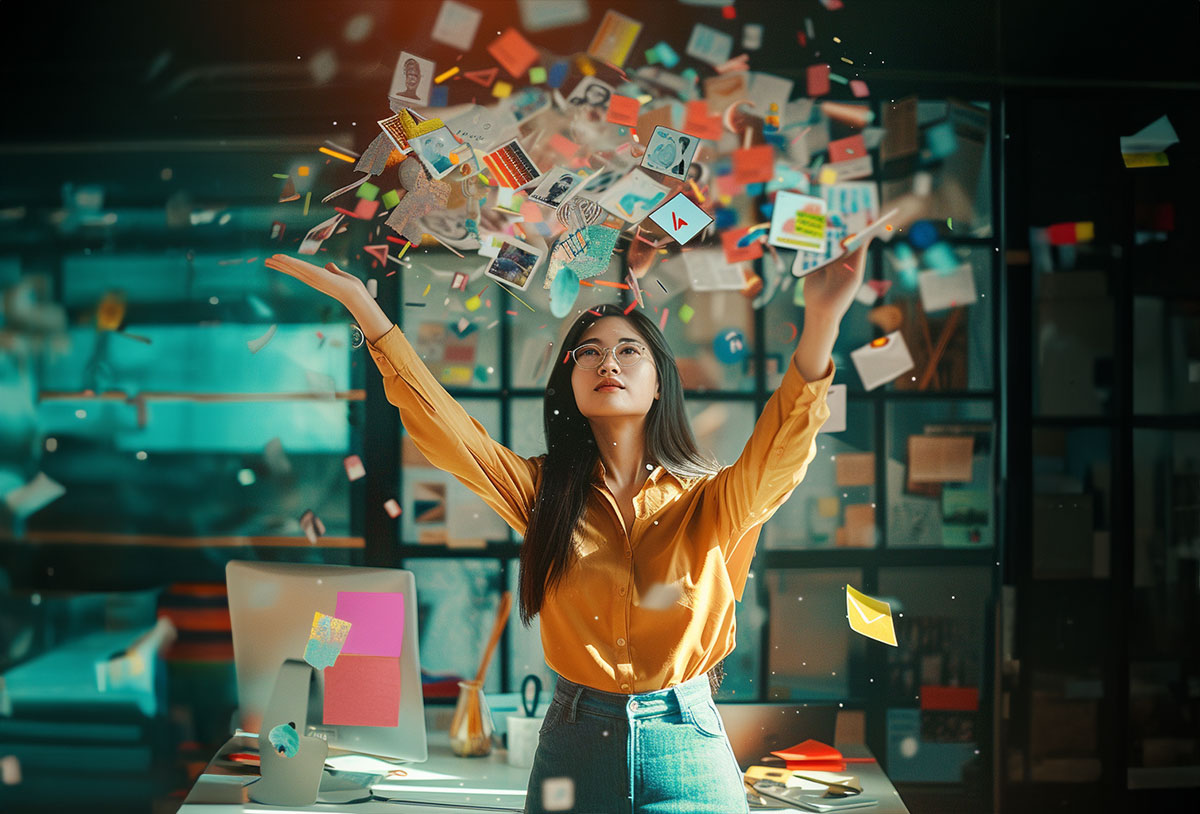
Protecting human oversight. Protecting authenticity
AI's efficiency in content creation is amplified in rollout. So, making it easy for designers, creatives, and editors to influence & rigorously review AI-generated content. Additionally, applying this ow will support in "stage gating" QM activity - verifying any statistics, context, or references, protecting against inaccuracies or 'hallucinations'.

The future of human-AI collaboration in content generation.
The future of content creation lies in a synergistic relationship between AI and human creativity. AI can manage aspects of content generation, production, iterations, post automation, and deployment optimisation. While humans protect the emotional intelligence and storytelling flair that transforms ideas into engaging narratives.
Final Thoughts...
As GenAI continues to evolve, its role in content production will only get deeper. The real challenge is finding the 'stage gates' - the sweet spot between AI's productivity and the human curation.
Marketing teams that can strategically and responsibly integrate AI into their workflows will be best positioned to succeed in the evolving digital content landscape.
Change is fun!
If you're thinking about how to integrate AI into your content marketing workflows.
Lets have a chat.
